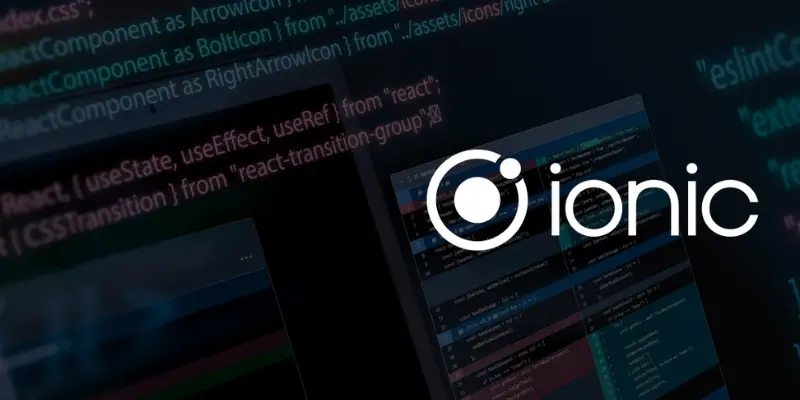
In mobile app development, leveraging the strengths of different technologies can significantly enhance the functionality and performance of your applications. The Ionic Framework, renowned for its cross-platform capabilities using web technologies, can be seamlessly integrated with native Swift code to access specific iOS features and optimize app performance. Ionic Training in Chennai provides developers with the skills to use Ionic alongside native technologies effectively. This blog explores integrating native Swift code into an Ionic Framework app, offering a clear roadmap for achieving effective interoperability between web and native components.
Understanding Ionic Framework and Swift Integration
What is Ionic Framework?
Ionic Framework is a widely used open-source SDK designed for building hybrid mobile applications. It allows developers to create apps using web technologies such as HTML, CSS, and JavaScript and then deploy them across multiple platforms, including iOS and Android. Ionic provides a rich set of UI components and tools that streamline the development of high-quality mobile applications with a single codebase.
The Need for Native Swift Integration
While Ionic is powerful for creating cross-platform apps, there are situations where accessing native iOS features or optimizing performance requires native code. Swift, Apple’s programming language for iOS development, enables direct interaction with iOS-specific features and APIs. Integrating Swift code into an Ionic app allows developers to leverage these platform-specific capabilities, bridging the gap between hybrid and native app development. To enhance your skills in this area, consider enrolling in a Swift Developer Course in Chennai, which provides in-depth training on utilizing Swift in various development scenarios.
Steps to Integrate Native Swift Code into an Ionic App
Preparing Your Ionic Project
To begin the integration process, ensure you have an existing Ionic project. If you don’t have one, create it using the Ionic CLI. Once your project is set up, you must add the iOS platform. This step prepares your Ionic project to support native iOS code.
Configuring the iOS Project
After adding the iOS platform, you must open the iOS project in Xcode, Apple’s integrated development environment (IDE) for macOS. This environment is where you will add and manage your Swift code.
Adding Swift Code
In Xcode, you can add new Swift files to your iOS project. These files will contain the native Swift code you want to integrate. For instance, if you need to implement functionality only available in iOS, such as accessing device-specific features or improving performance, you will write this code in Swift. To build a strong foundation in writing this code, consider enrolling in a Swift Programming Course, which provides comprehensive training on Swift and its applications in iOS development.
Creating a Bridge Between Ionic and Swift
You must establish a bridge to enable communication between your Ionic app and the Swift code. This is typically done using Capacitor, a tool that facilitates communication between web and native code. Capacitor allows you to create a custom plugin that bridges your Ionic app and the Swift code.
Utilizing the Swift Code in Ionic
Once the bridge is set up, you can access the Swift code from your Ionic application. This involves importing and using the custom Capacitor plugin within your Ionic app. You can call native Swift functions from your Ionic app and receive data or results.
Testing and Debugging
With the integration complete, thorough testing and debugging are crucial to ensure everything works smoothly. You should test the functionality on real devices to confirm that the Swift code interacts correctly with the Ionic app. Xcode provides various tools to help debug native code, while the Ionic app can be tested for seamless integration.
Integrating native Swift code into an Ionic Framework app allows you to harness the power of platform-specific features while maintaining the benefits of cross-platform development. You can create a hybrid app that maximises functionality and performance by following the outlined steps—preparing your Ionic project, configuring the iOS project in Xcode, adding and bridging Swift code, and thorough testing. Consider enrolling in an Ionic Online Course further to enhance your understanding and skills in this integration. This approach lets you take full advantage of Ionic and Swift, creating a more robust and feature-rich mobile application.
Also Check: What Are The Role Of AI In Cyber Security?
Ionic Training
